 Joan Saslow is the author of numerous widely used multi-level courses for teens, young adults, and adults. She has taught English and foreign languages at all levels of instruction in both South America and USA. Allen Ascher has been an English teacher, trainer, intensive English language program director, and consultant. He has also been a publisher, developing ELT materials for students of all ages. Ms. Saslow and Mr. Ascher have co-authored materials together since 2002. In this article, they share their tips for teaching vocabulary to teenage EFL learners.
Joan Saslow is the author of numerous widely used multi-level courses for teens, young adults, and adults. She has taught English and foreign languages at all levels of instruction in both South America and USA. Allen Ascher has been an English teacher, trainer, intensive English language program director, and consultant. He has also been a publisher, developing ELT materials for students of all ages. Ms. Saslow and Mr. Ascher have co-authored materials together since 2002. In this article, they share their tips for teaching vocabulary to teenage EFL learners.
This series of short articles will address the three-part reality we face: the social nature of the teenaged learner, the challenges of learning English outside of an English-speaking environment, and the limited number of class hours devoted to English study per week. Each article will focus on one aspect of language teaching and learning and examine pedagogical approaches to maximize learning and success.
Vocabulary
In the EFL setting, the teenage learner, highly social yet easily distracted, must acquire a large volume of vocabulary in very little time and with little opportunity to practice. Lessons that provide enough exposure, practice, and recycling of vocabulary are hard to create, and time is never adequate. A middle school schedule of two class hours per week yields 72 class hours spread over a year. While a year of instruction may sound substantial, 72 hours only add up to 3 days! What methodology, then, can increase exposure, practice, and ‘stickiness’ (memorability) of vocabulary?
A purposeful methodology
1. Explicit presentation
The first step in learning a new word is understanding what it means. Though an occasional quick translation into students’ first language is convenient and harmless, using translation as the principal method of teaching vocabulary can lead to students’ paying more attention to the translation than to the actual English word being learned! A captioned picture-dictionary style illustration, on the other hand, can clearly show the meaning of a word. Captioned illustrations remain on the page of the student’s book for later study, reference, and review. When accompanied by audio, captioned vocabulary illustrations afford students a chance to read, listen to, and remember new words.
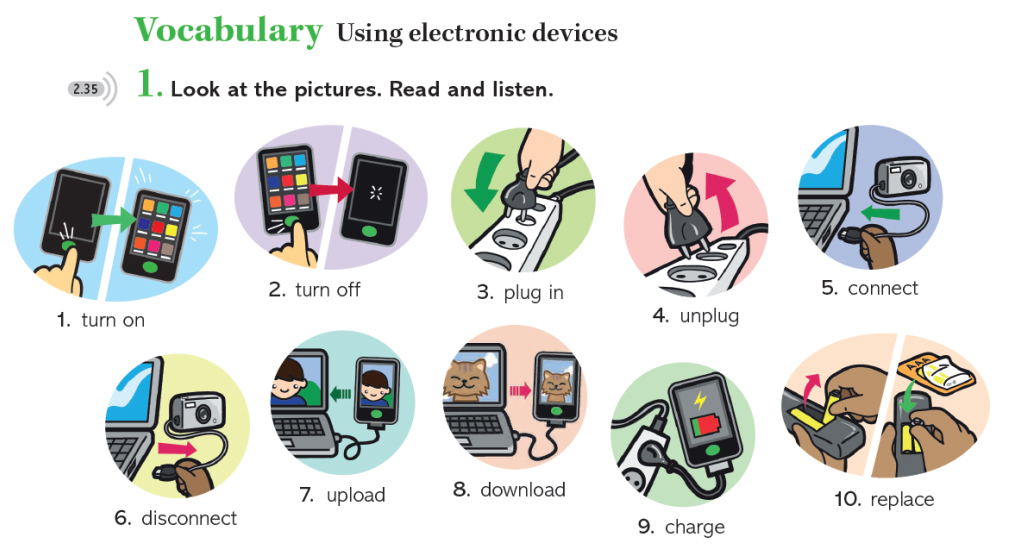
2. Repetition
After students have seen each new word and heard it pronounced, an essential step is repeating the word to practice it. Imitating the speaker on the audio ensures that students focus on the English words, helps them remember them, and builds accurate pronunciation.
3. Immediate practice
We cannot expect students to master vocabulary without repeated intensive use and recycling. In the following exercises, vocabulary is practiced and used, first in a controlled contextualized exercise based on meaningful visual cues. Then a second exercise permits students to personalize the vocabulary, giving it additional memorability.
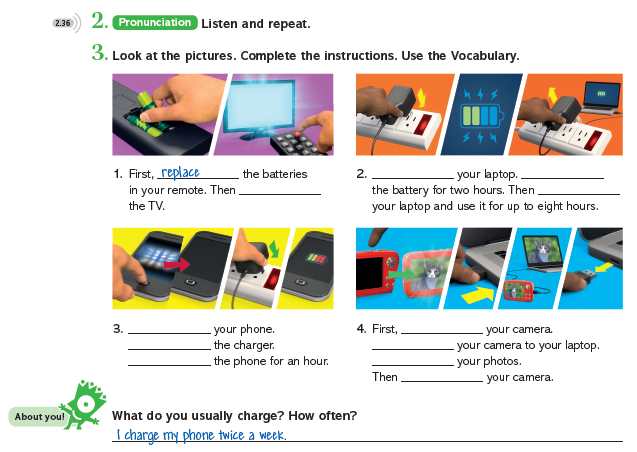
4. Integration and recycling
New vocabulary should not just be limited to vocabulary exercises. Grammar exercises, listening activities, and reading texts can provide convenient opportunities to increase the exposure and practice of vocabulary.
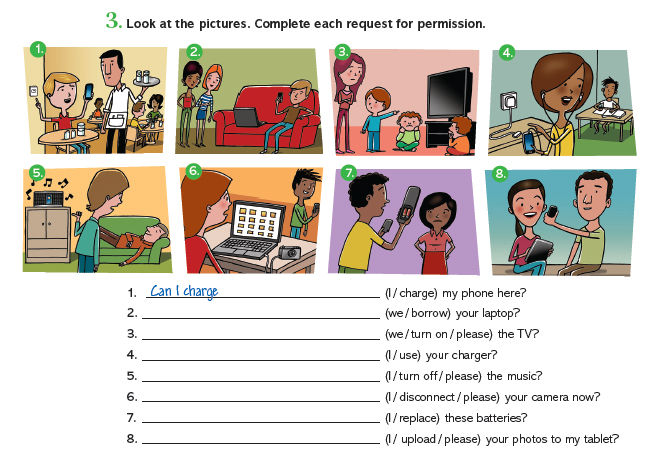
5. Social application
Because teens are very social, model conversations that show real social language in interactions teens might really have in their own lives ensure memorability of new vocabulary like nothing else.
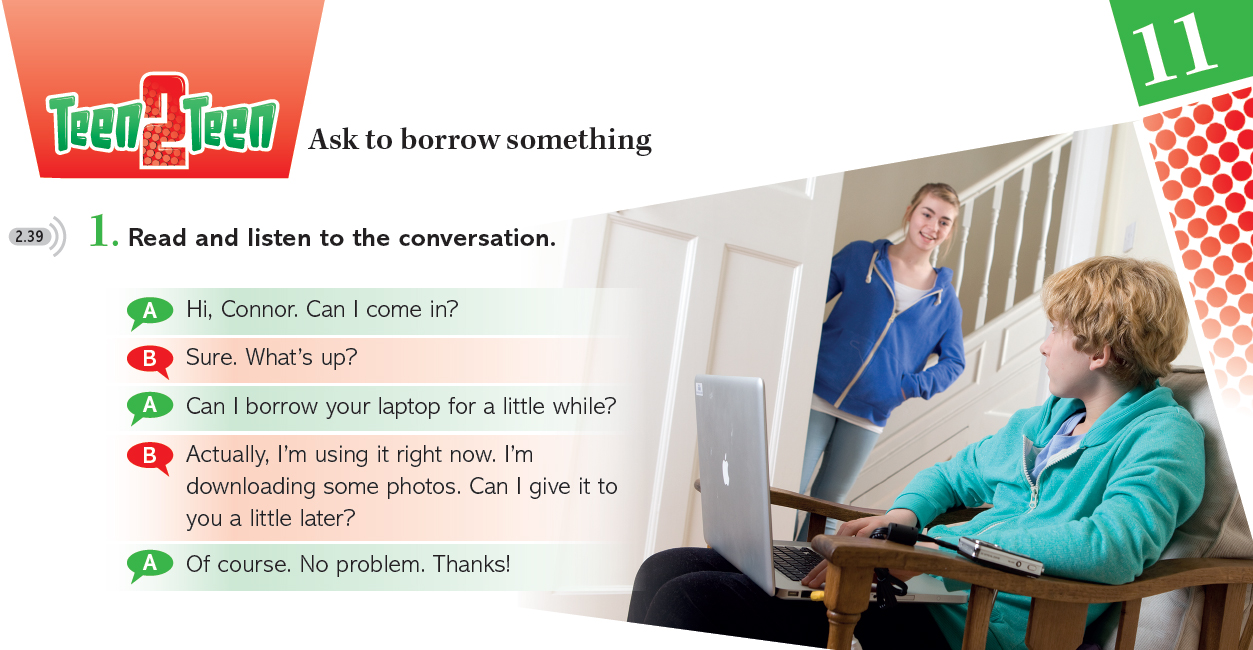
6. Personalization
It’s important not to stop with mere practice of model conversations from a book. Guided conversation practice offers learners an essential opportunity to use the new words in their own conversations, bridging the gap between controlled practice and productive use. Notepads and visual cues increase each student’s involvement, motivation, and success.
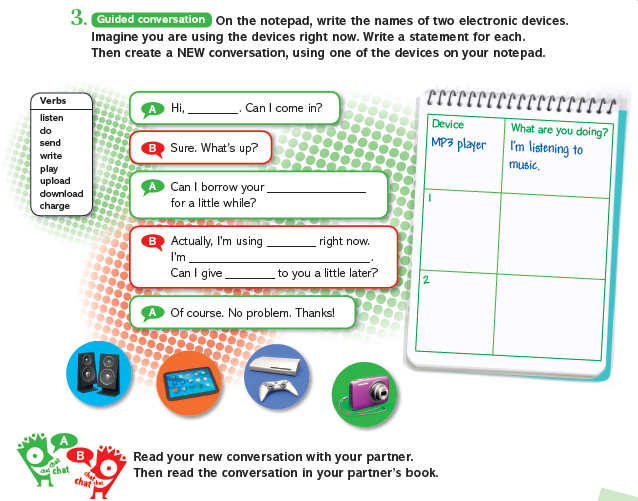
Summary
In the reality of the EFL setting, with very few class hours, teen learners need many opportunities to observe and practice new vocabulary. And because they are teens, integrating vocabulary in relevant social conversations ensures the memorability and mastery of new words.
Text and illustration examples in this article are from Teen2Teen Two by Joan Saslow and Allen Ascher.
For more expert advice on teaching teenagers from Joan Saslow and Allen Ascher, don’t forget to visit the OUP ELT global blog regularly. Their next blog on how to keep teenage learners interested in grammar will be available here from September 27th .
To communicate with the authors directly, you can also take part in their interactive webinars:
Teaching vocabulary to teens in the foreign language setting
Friday, October 11, 2013: 2pm-3pm or 6pm-7pm BST. Watch a recording here.
Teaching grammar to teens in the foreign language setting
Thursday, November 7, 2013: 2pm – 3pm or 6pm-7pm BST. Watch a recording here.
Text and illustration examples in this article are from Teen2Teen Two, a Secondary course for teens, by Joan Saslow and Allen Ascher.


[…] Joan Saslow is the author of numerous widely used multi-level courses for teens, young adults, and adults. Allen Ascher has been an English teacher, trainer, intensive English language program director, and consultant. […]
Reblogged this on ENGLISH LANGUAGE REVIEW .
Reblogged this on So, You Think You Can Teach ESL?.
[…] … teaching vocabulary to teenage EFL learners. […]
[…] See our previous article on teaching vocabulary to teenage EFL learners. […]
Linguistically there are two techniques for improving your lexical strength (vocabulary) :
Active learning and Passive learning
1. Passive learning: New words are acquired subconsciously, while doing some daily life stuff, like reading a newspaper.
Vocabulary is an abstract skill due to reasons like reading habits, family background, schooling, culture etc. The conventional methods are very generic and are made of masses. They do not allow personalized learning to an individual’s current vocabulary.
2. Active learning: Active learning methodology has become a preferred way to change the traditional teacher oriented classroom into the newer student oriented approach to learning. In active learning, acquisition of new words is done with conscious and great efforts.
Usually active vocabulary building is quite rigorous and boring due to its monotonous nature.
Now introducing myself, I am co-founder of Improve Your Vocabulary – VocabMonk
Vocabmonk uses an artificial intelligence algorithm to track individual’s learning/quiz data and mashed up that data to recommend personalized quizzes to students, based on their current vocabulary size.
The tool uses game mechanics to make learning real fun and also provides competitive learning through challenges in your social circle.
There so special push towards, not just learning words but grasping it with application.
Various levels to be achieved as you progress in learning and the distinctive feature is that you can invite your mentor to look up your activities on the website.
Happy learning!
For fun lessons, please check also our English vocabulary games at https://www.gamelingua.com. We have already two games: True or False and Word Guess. Our word database contains over 2800 words in 90 categories. Enjoy!